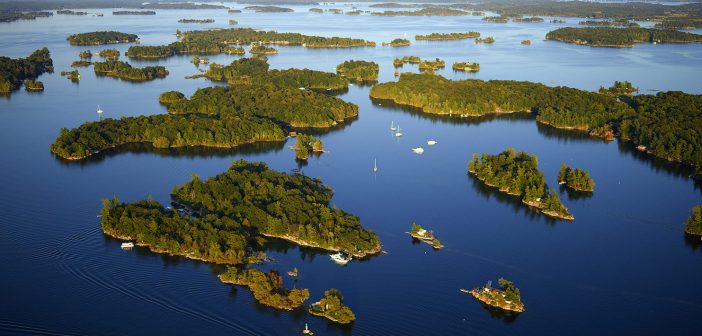Mary & Richard are still navigating their “Queen Mary” motorhome on a cross-Canada adventure, that started with its purchase at the Port Alberni Arbutus RV location.
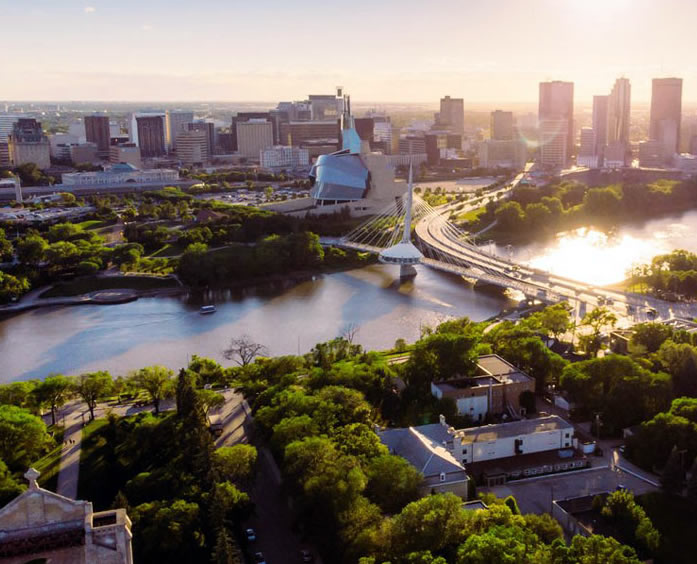
Today we left Ontario after three weeks of sightseeing and family history stuff and are now in Manitoba near Winnipeg, their capital city. Ontario was memorable for:
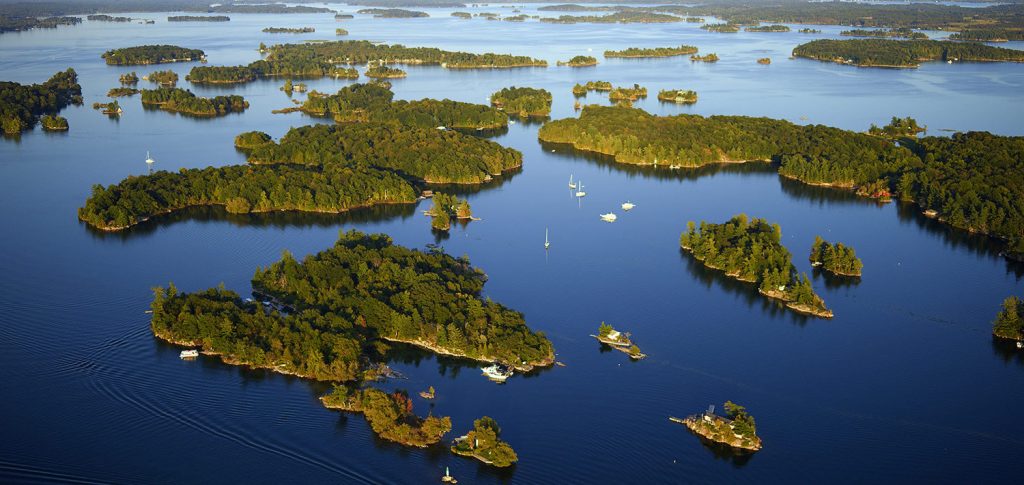
I can highly recommend the 1000 Islands area around Kingston;
Muskoka area north of Toronto…
The wonderful and interesting variations in the scenery, geography and geology. The great Canadian Shield starts at the northern and eastern side of Manitoba and covers nearly all of Ontario as well as much of eastern Canada. The “shield” seems to be a thick covering of granite of various hues, pock-marked incredibly frequently by lakes, ponds and swamps and/or shaped and incised by ice or rivers and covered by a thin layer of soil. But it is not all bad as Mother Nature has covered the land with forests and valuable minerals are found underground and there is good
Family History Activities Included:

This glorious building was built by Thomas Foster, as a mausoleum for his deceased wife…
We enjoyed a musical recital at ‘The Foster’ on a Friday evening as well as another look on
Thomas Foster appears to be the first born child in Canada in1852. Thomas’ father built a pub in a little hamlet called Leaskdale near Uxbridge (now about one hour east of Toronto) -the pub has been replaced by a petrol station and convenience store. Other family members farmed in the area but descendants moved on to Manitoba and Saskatchewan. Thomas became a butcher in Queen Street, Toronto and invested in real estate. At 40 he sold his shop and spent the next 40 years as a city counsellor, alderman, Federal politician and Mayor of Toronto. When he died he left his considerable fortune to benefit Toronto. Old Thomas should also be remembered for his many unusual bequests including feeding Toronto’s birds in winter; providing an annual picnic for young children and leaving a considerable sum for planting street trees throughout Toronto. On the hot days we walked the city I would like to think that we stood under a Foster tree!
We also went off viewing places with family connections around Toronto. This took us to Oshawa and Whitby (very impressed by the Ontario Ladies College in Whitby where a family member was a ‘finishing’ student in the early 1890’s – it is still a prestigious private girls school today) and to Mississauga and Port Credit where I was born. The old family home in Mississauga has been replaced by a big modern house but I am not surprised as it sat on a very valuable piece of real estate on Gordon Drive, the most exclusive street in Mississauga.
Family history also took us down to Lambton County in SW Ontario near the American border. En route we enjoyed a day with a distant relative I met via Ancestry who lives in London, Ontario. His family tree not only includes my great grandfather but also is related to a well to do family in Australia although I think he is still waiting for his Christmas card!
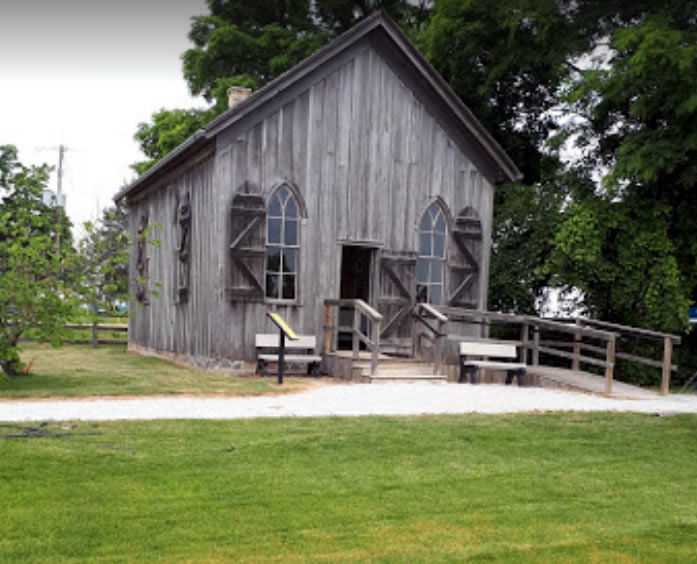
I hope our family members showed some empathy for these people as they themselves had come from difficult times in Ireland.
There are several things I especially enjoyed learning about the family when they came to this area in the
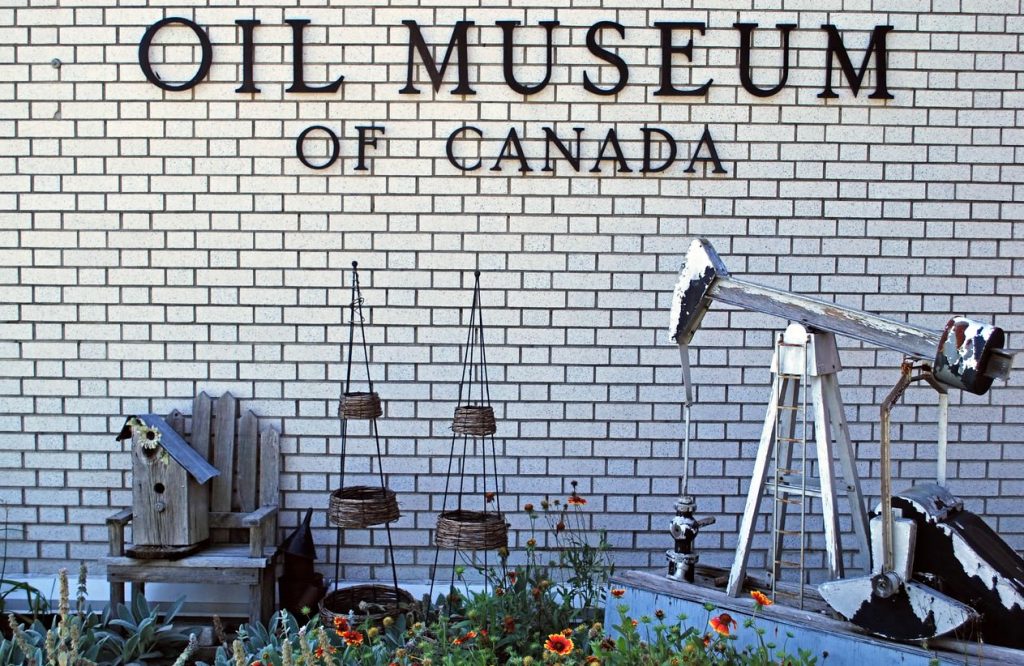
I knew of two family members who went overseas as drillers and one died in Persia in 1917 and the other spent time in Venezuela.
Family members are next shown to be owners of
The many
Some days later….
I said that we were in southern Manitoba but we are currently further west and are now in Moose Jaw, Saskatchewan. I need to get this email off and gone.

Religious freedoms were guaranteed by the Canadian government before they arrived as Canada was desperately seeking large numbers of settlers to farm the Prairies.
What strikes you after leaving the Province of Ontario and travelling westwards is how quickly the land flattens out and the trees and lakes disappear. Welcome to the Prairies! Welcome also to the Prairie winds that make driving a challenge. Ever onwards we must go and that took us to Steinbach, especially to see the Mennonite historical village – this area having been settled by Russian/Ukrainian Mennonites in the late 19th century. Religious freedoms were guaranteed by the Canadian government before they arrived as Canada was desperately seeking large numbers of settlers to farm the Prairies. The official language of the Mennonites regardless of where they live
- On our journey towards
Winnepeg we stopped at the “longitudinal centre of Canada”. We have been as far east and now dead centre in our travels. At thispoint we have also travelled nearly 20,000kms on our holiday!
- Memorable in Winnepeg was a visit to the Museum of Human Rights. It is in an architecturally impressive building and was holding a special exhibition on Nelson Mandela’s life and achievements. I found the exhibits about Canada’s track record on human rights interesting as many issues parallel Australia.

We are up to date visiting special fossil sites – our grandson should be impressed – have recently seen marine fossils and a T-rex which are reportedly the largest of their kind in the world.
- Always up for a good museum we recently went to the WW2 Air Training Plan Museum in Brandon where thousands of trainees from Commonwealth countries learned to fly. The original hanger, a number of planes and wartime buildings are all part of the museum. The memorial wall lists over 18,000 of the young airmen from this base who died in the war. Evidently, this was one of many similar training centres across the country established at the same time as part of the ‘Plan’ but the only one left. An excellent museum was the RCMP Heritage Centre at their Depot in Regina. Since the Royal Canadian Mounted Police were formed in the
1870’s , all police have trained at the place they called ‘the depot’ and we saw thelatests recruits in their red serge uniforms getting prepared for their graduation parade on Monday. Unfortunately, training for the Musical Ride takes place elsewhere. Also went to learn about early farming on the Prairie but we did forego the museum dedicated to the potash industry.
As I said, we have now arrived in Moose Jaw but that may be included at a later time.
Hopefully, you have finished your coffee and so back to other things. Time is going quickly and we should be back in Mary borough on the 18th of September.
Richard & Mary
To start your own excellent adventure, visit Arbutus RV online!

